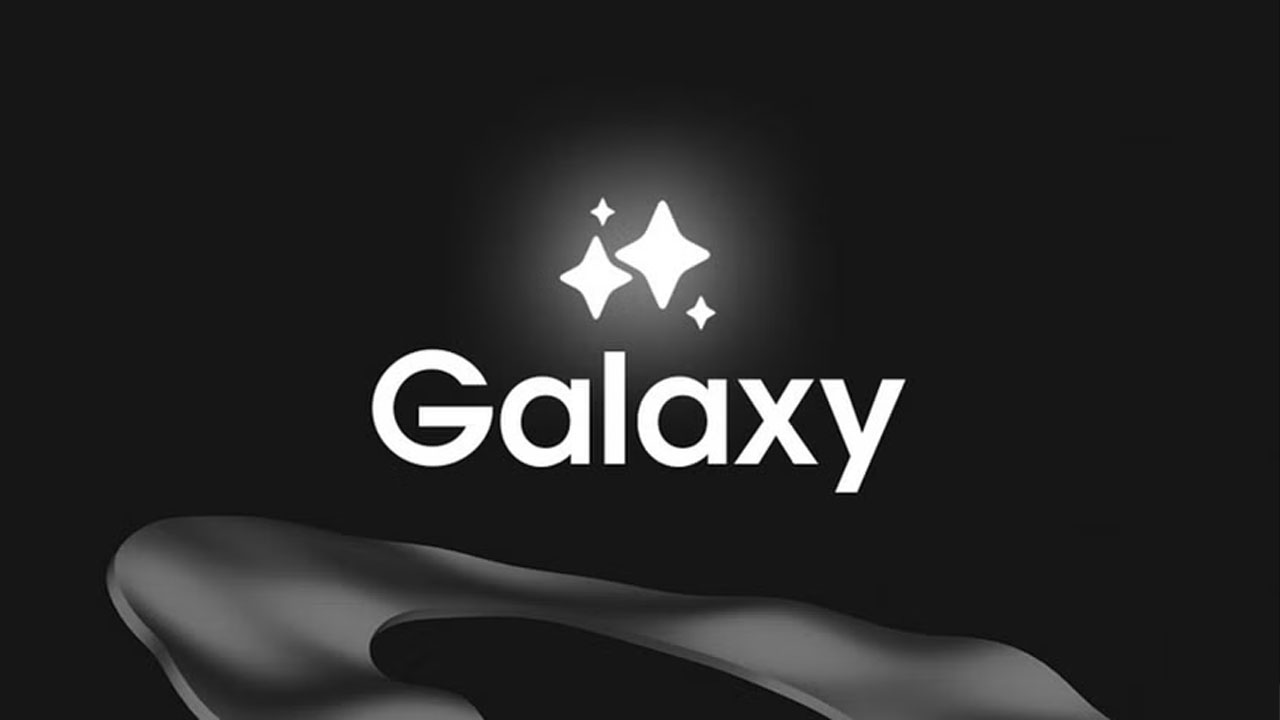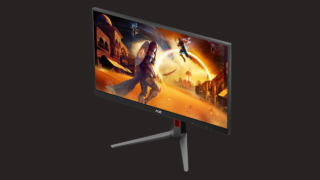Samsung has begun preparations to make the Galaxy AI package, which includes artificial intelligence features offered on mobile devices, chargeable. These services, which the company has been offering free of charge on certain Galaxy models for a long time, will switch to a new pricing system before the end of 2025.
Samsung is preparing to make the Galaxy AI package chargeable
Galaxy AI brings together Samsung’s on-device and cloud-supported artificial intelligence solutions. The package, which includes functions such as Circle to Search, Live Translation, Note Assistant and voice summarization, made significant contributions to Galaxy users in terms of both productivity and daily ease of use. The company had previously officially announced that it would offer these tools free of charge until the end of 2025.

However, signals of a change in the company’s strategy are becoming increasingly clear. According to sources close to Samsung, the first details about Galaxy AI pricing are expected to be announced to the public in the third quarter of the year. It is stated that not all AI features will be chargeable in the new model, but functions that require high processing power in particular will be included in the premium category.
For example, it is envisaged that resource-consuming artificial intelligence functions such as video production features will be included in the paid service. In contrast, relatively simple and in-device tools such as Circle to Search and Live Translate are expected to remain free.
Samsung is expected to make this transition process more concrete at the Galaxy Unpacked 2025 event it will hold in July. The first official details about the Galaxy AI subscription system are likely to be shared at the event, along with the introduction of the Galaxy Z Fold 7 and Z Flip 7 models.
The company is expected to offer plans priced at different levels, guiding users to choose between basic and advanced packages. This development suggests that artificial intelligence services on smartphones may no longer be part of the basic device hardware, but rather become a separate subscription item, just like cloud services.













